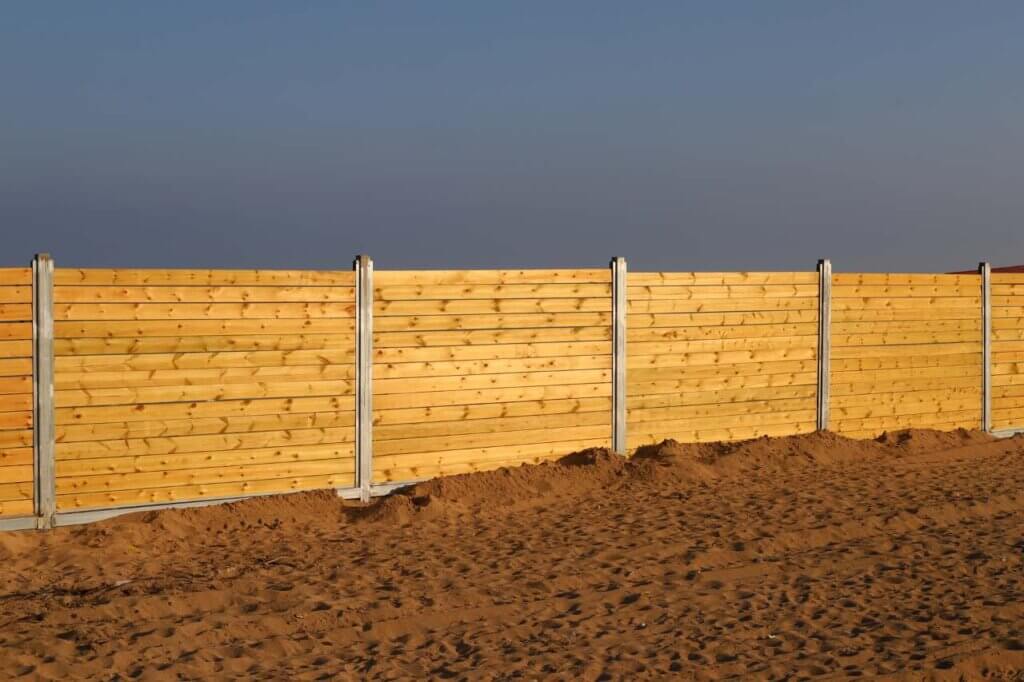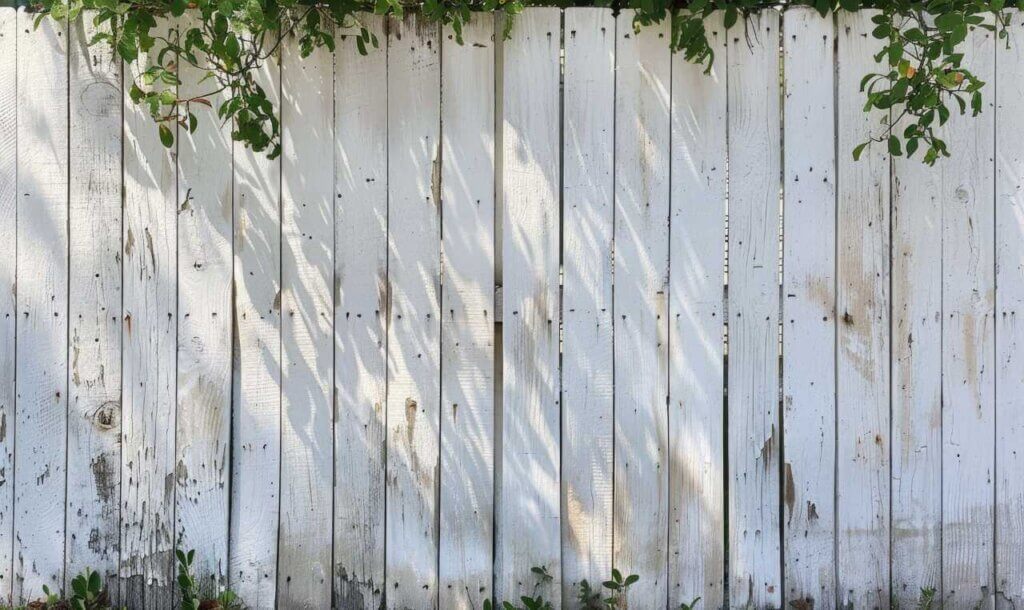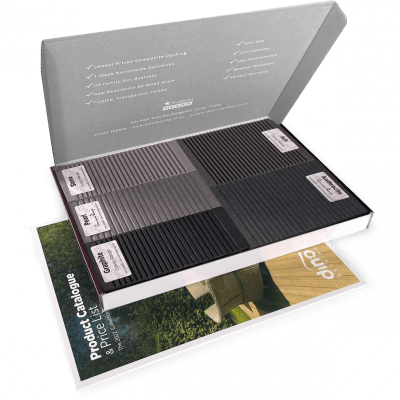5 Composite Decking Lighting Ideas
Our composite decking looks great in any setting, but you can really make your outdoor spaces shine with our decking
Products in Stock
Lowest Prices
Express Delivery
10-Year Warranty
Bank Holiday Weekend Sale. Up To 15% Off.

Choosing the right fence style for your home can be a bit like solving a puzzle. You have to consider various pieces – your personal taste, your home’s architecture, your budget, and your fencing goals – and figure out how they fit together to create the perfect picture. Two of the most popular puzzle pieces? Horizontal and vertical fencing. But what sets these styles apart, and how do you determine which one completes your outdoor space? Let’s take a look.
Before we dive into the nitty-gritty of horizontal and vertical fencing, let’s make sure we’re all on the same page about what these terms mean:
Imagine a fence where the boards or pickets run parallel to the ground, like lines on a piece of notebook paper. That’s a horizontal fence in a nutshell. These boards are attached to vertical posts, creating a modern, linear look. You might also hear horizontal fences referred to as contemporary or modern fences.
Now, picture a fence where the boards or pickets run perpendicular to the ground, like the keys on a piano. That’s a vertical fence. This is the more traditional fence style that you’re probably used to seeing in most neighbourhoods.
Both horizontal and vertical fences can be made from various materials, such as wood, metal, vinyl, or composite. They can also range from simple, functional designs to more elaborate, decorative styles.
Now that we have a grasp on the basic definitions, let’s start piecing together the pros and cons of each fence style
With the pros and cons laid out, let’s look at how horizontal and vertical fences compare in terms of aesthetics and functionality. Consider this the part of the puzzle where you start grouping pieces by colour or pattern.
Aesthetics are a key factor in choosing between a horizontal and vertical fence. Here are a few things to keep in mind:
In addition to aesthetics, it’s essential to consider how your fence will function within your outdoor space. Here are some critical factors to think about:

Take a moment to assess your home’s overall style. Is it more traditional or modern? A vertical fence may be the ideal match for a classic home, while a horizontal fence can introduce a contemporary flair to a more modern residence.
In the UK, we’re well-acquainted with rain, wind, and moisture. When selecting a fence style, think about how well it will withstand the elements over time. Vertical fences may be more resilient to wind damage, while horizontal fences may require extra care to prevent moisture buildup and rot.
Ask yourself why you’re installing a fence in the first place. Is privacy your top priority, or are you more focused on safety or aesthetics? A horizontal fence may be the best bet for maximum privacy, while a vertical fence can provide a balance of security and visibility.
Phew! We’ve covered a lot of ground in our exploration of horizontal and vertical fencing. Let’s take a step back and admire the complete picture we’ve assembled.
Choosing between a horizontal and vertical fence comes down to understanding your personal preferences, your home’s architecture, and your fencing goals. By carefully considering the pros and cons of each style and how they fit into the bigger puzzle of your outdoor space, you’ll be well-prepared to make a decision that enhances both the beauty and functionality of your home.
At Dino Decking, we’re here to help you find the perfect puzzle piece for your fencing needs. Our innovative low maintenance composite fencing combines the natural beauty of wood with the durability and easy upkeep of modern materials – it’s like having your cake and eating it too!
And if you’re ready to take the next step in your fencing journey, be sure to check out our comprehensive fence maintenance guide. It’s packed with expert tips and tricks to help you keep your new fence looking its best for years to come. And don’t forget, we offer free samples and next-day delivery across the UK, so you can see and feel the quality of our products firsthand.

Our sample pack contains a sample piece of each colour currently available. Order your free sample pack today to compare the colours and get a true feeling of the Dino Decking range!
Our composite decking looks great in any setting, but you can really make your outdoor spaces shine with our decking
If the idea of having rats under your decking makes you shiver, don’t worry. We’ll let you know the signs
Business hours
Monday: 09:00 – 17:30
Tuesday: 09:00 – 17:30
Wednesday: 09:00 – 17:30
Thursday: 09:00 – 17:30
Friday: 09:00 – 17:30
Saturday: Closed
Sunday: Closed
Contact us
01942 355968
support@dino.co.uk
Collection Address: Unit 1 Wetheral Close Hindley Ind Estate Wigan Greater Manchester North West WN2 4HS
Pages
Products
Testing
Copyright 2025 Dino Decking Ltd All Rights Reserved.
VAT Number: GB296097848.
Company Number: 10837233.